Having covered Neil Adams' roll into Juji gatame, during which I mentioned the Iatskevitch roll. I thought that I would cover the Iatskevitch and explain what I was referring to, as well as covering another popular entry into Juji gatame.
These two entry methods are named after the men that made them famous in the world of competitive Judo, Alexander Iatskevitch and Stéphane Traineau.
Iatskevitch Roll
The Iatskevitch roll commences by either attacking a turtled uke by pulling up on their collar and lapel or taking advantage of an uke who is not acting defensively in a transition situation.
You insert the leg across uke’s thighs and hook the instep of your foot against uke’s far thigh.
You firmly clamp your foot against uke’s thigh creating pressure.
This pressure gives you stability as you lower your body. You place the hand closest to uke’s hips on the floor for stability.
Then balance on the crown of your head and your hand closest to uke’s hips
You insert the free, head end arm, catching the crook of uke’s elbow
You bring your un-inserted leg round and brace it against the crown of uke’s head
Then insert your leg end arm catching uke’s thigh. At this point you can choose to hold the thigh, hold the trousers or hold uke’s ankle. It is illegal to hold inside the trouser leg in both Judo and BJJ
If you fail with catching the first leg to illicit any movement you can transfer to the far leg as this sequence shows:
You roll onto your side
At this point many people make a major mistake with the technique. Many people attempt to rotate uke through the vertical axis like so
This is very difficult to do on someone heavier than you and is a much less efficient action than the correct original Iatskevitch action.
In the original Iatskevitch action uke’s legs are taken throught the horizontal plane around tori’s head. This is a far more effective and efficient action requiring much less strength.
At this point it is important to control the descent of uke to the tatmi so that they don’t have enough momentum to continue the roll and spoil your technique and so that you can bring the leg over the head to control them for applying the submission.
Once in position stabilise yourself and apply any grip break you prefer or favour.
Traineau Roll
An alternative entry is the Traineau method of achieving Juji gatame which is quite well suited to BJJ practicioners as it gives you lots of options for attacking the back.
You start off attacking the turtled uke from their rear right or left corner never directly from the side.
You start off attacking the turtled uke from their rear right or left corner never directly from the side.
As a the first major action of the turnover involves catching uke’s far side lapel. In Judo this is commonly countered by tori catching and wrapping the arm that has caught the lapel and then rolling to pin uke. In order to prevent this you must stay at the rear of uke with the bulk of your weight.
The area indicated in green is safe, that in red is dangerous to have the majority of your body and weight placed.
As an additional precautionary measure against getting caught and arm rolled, the leg is elevated and placed either in between uke’s legs or behind their buttocks.
Yes I know what it looks like...
Tori then reaches round and secures uke’s far lapel underneath the armpit. Its very important not to grip too low or high.
On the near side of Uke you grip on their tricep
Then tori rolls to the side he is gripping the tricep on, in the examples pictured this is over the right shoulder.
The tricep grip pictured mid roll
As this technique is geared around a Judo context it is expected that once tori and uke are on their sides uke will attempt to roll onto his front. However, the beginning of the roll can be integrated into an attack that is better suited to the psychology of a player operating under different rulesets.
Uke is assumed to seek to roll to his stomach to escape the roll and attempt to force a stall and stand up
As uke rolls away from tori’s body tori’s lower left leg is freed.
The lower leg that has been freed is then brought behind uke’s head.
There should be firm pressure being exerted by both the right leg and left leg to control both uke’s hips and head to keep them in position.
Two important actions are then commenced simultaneously. Tori’s right leg moves to control uke’s hips whilst uke’s lapel hand releases the lapel. Uke inserts his forearm deeply into the crook of uke’s elbow.
As tori inserts his arm and uke rolls away, the left leg is freed, tori brings his right leg so that the foot is placed on the ground and that the calf is brought in against uke’s stomach so that the calf and ankle are braced tightly against uke’s stomach.
Once this position is established tori draws his arm, that is inserted into the crook of uke’s elbow, upwards and into tori’s own chest to create space and fully expose the arm.
Once you have created space and exposed the arm you then secure it using the figure 4/ ude garami grip.
The next step is to bring the leg that is positioned behind uke’s head around their head so that you can apply the juji gatame.
I like to employ a double stab approach. In which I bring the leg so that the foot is level with uke’s crown and then move so that the leg is in front of uke’s face.
I personally find that this keeps the transition and the whole technique tighter, however, if you want you can do the movement in one step. It is personal preference.
Once in position with your leg in front of uke’s face you can then sit back and apply whatever grip break is your preferred. If you struggle with how to break the grip for Juji gatame and often fail to straighten the arm see here.
I hope this post has been useful and that some of you have found something new to take away from it.

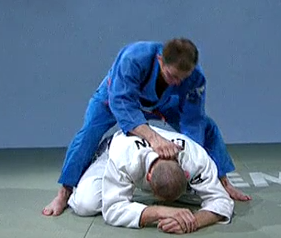
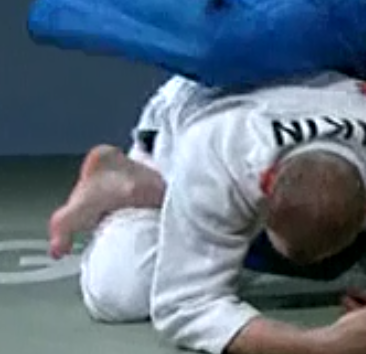
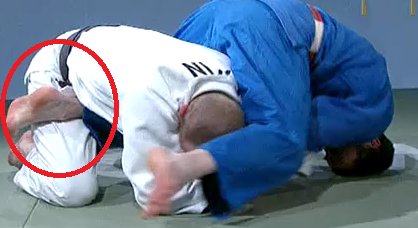
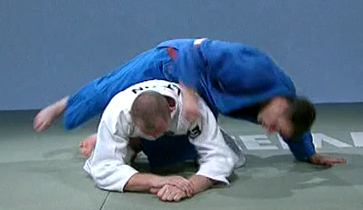

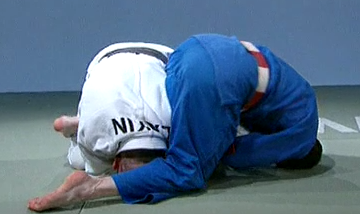

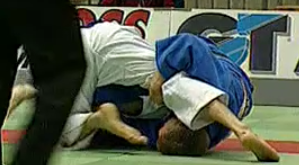



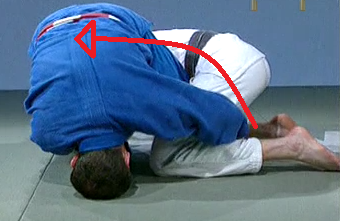
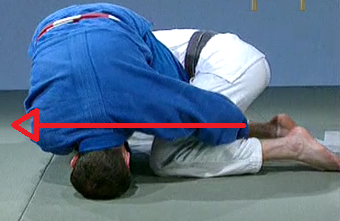
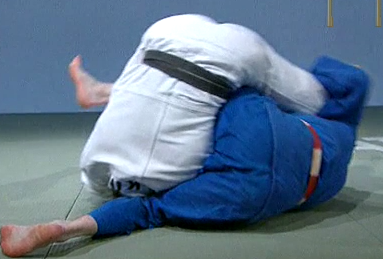
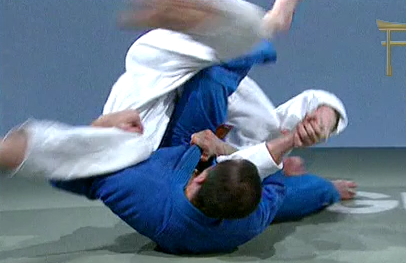
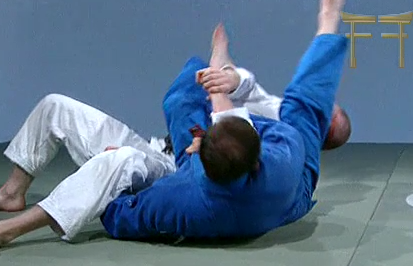
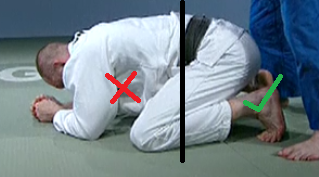
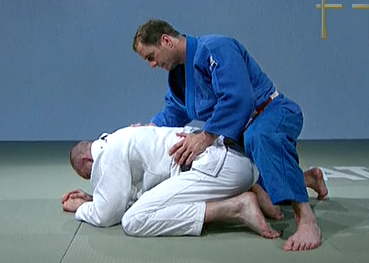
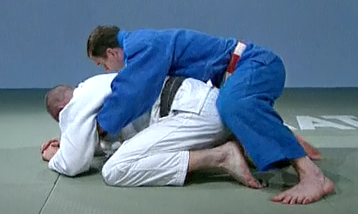
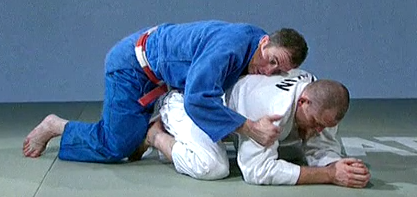



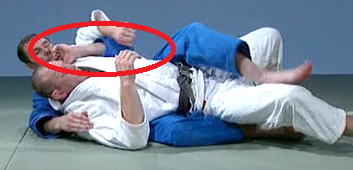
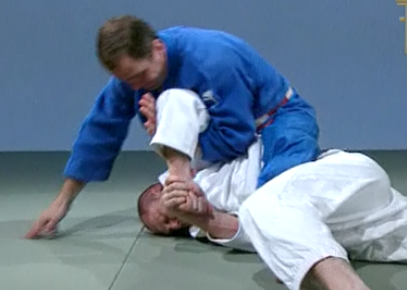
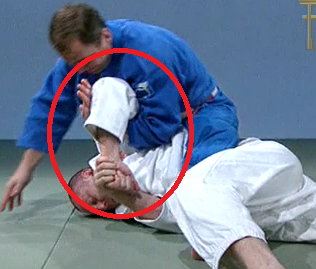

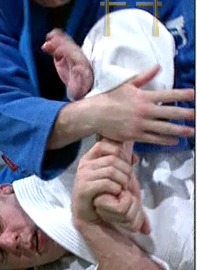
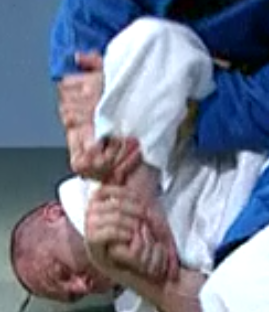
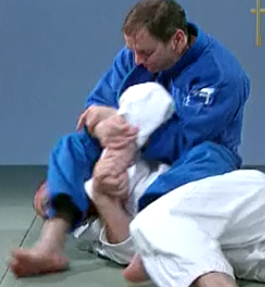
Probably one of the best breakdowns I've seen for a difficult move.
ReplyDelete